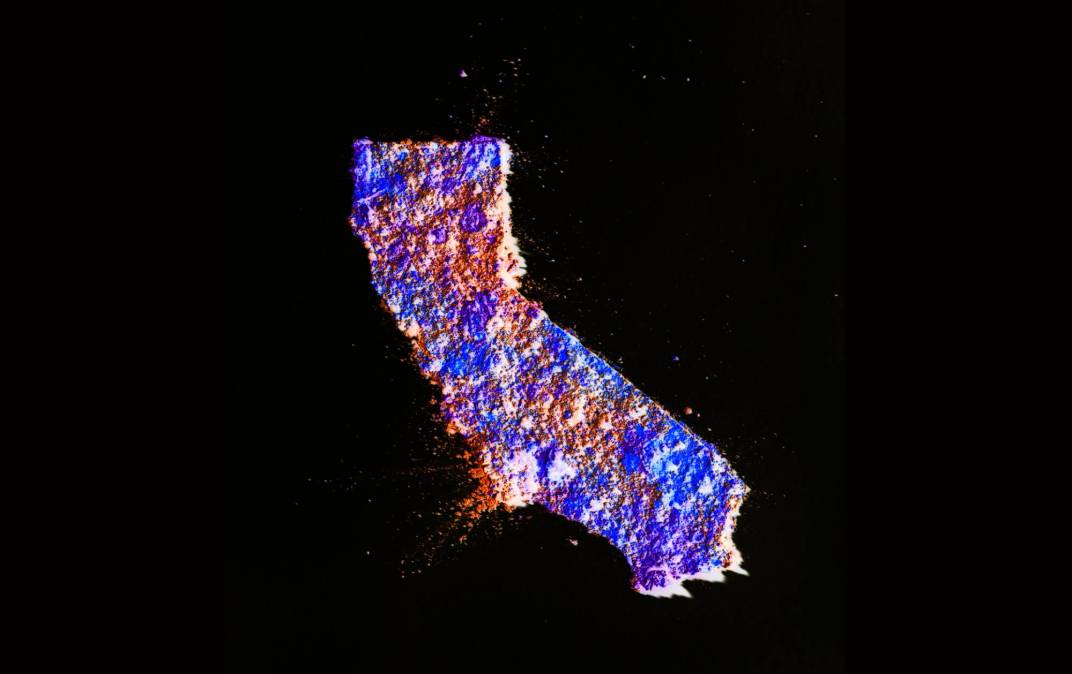How California managed its digital COVID-19 response

People across the country sought more online services for work, education and health care during the COVID-19 pandemic than ever before, leading to an unprecedented demand for digital expertise within state and local government agencies over the past year.
To keep up with the public’s desire for information and online tools, Angie Quirarte, California’s deputy director of digital innovation, said her team worked 20-hour days, forged heaps of new inter-governmental collaborations and advocated for massive shifts of state and local resources to offer online support for residents. And they kept their sanity while doing it, she told StateScoop, even as the pandemic ensured that the work was never truly done.
“We needed close relationships and to be ‘on’ at all times,” Quirarte said of her team’s work over the past year.
Though each state or local government responded to the pandemic differently, most leaned heavily on officials like Quirarte, who as the leader of many of the state’s digital COVID-19 response efforts, has largely focused on “not adding to the chaos,” she said, of the minute-by-minute updates in public health policy that needed to be reflected in the state’s regular briefings, websites and social media channels. Her team had to move quickly to keep up with the fluid nature of the state’s public health orders, she said.
Just prior to the pandemic in late 2019, Quirarte had begun leading a redesign of Ca.gov, the state’s main website, and established a set of principles — simplicity, user-centered design and accessibility — that ended up being applied when the state launched new digital services during the pandemic, even if the execution wasn’t always perfect.
“The intent here is to make sure we’re being clear, that we’re fast, that we’re accessible and that even though we weren’t always able to do that on the first round,” Quirarte said. “For example, when the governor announced the stay-at-home order, my team had maybe an hour to figure out how to get it to the millions of Californians that were going to be impacted.”
Information rush
The rush to get accurate information out to California’s 40 million residents at the onset of the pandemic was just the beginning, she said: Once California began releasing regular public health orders, the development team had to temporarily sacrifice the “more methodological” steps of digital service development that, prior to the pandemic, had supplied much of the research that went into successful products.
To respond to “immediate needs” at the onset of the pandemic, Quirarte said, the state’s digital innovation team stayed in constant contact with the governor’s office six days a week, 15 hours a day, pivoting between updating the state’s website, agency dashboards and California’s internal data stores.
“I just remember vividly before our launch, we would have a draft of the copy, and 30 minutes later we’d check back with the Department of Public Health and it had changed,” Quirarte said. “There were times where the governor would be giving an announcement and our team would literally be still pushing updates live in real time. So when the governor would say ‘you can see this live in real time,’ it was very literal.”
The pace required Quirarte and her team to pivot between projects faster than they ever had before, she said, especially when building out data-driven tools that would need regularly updated legal approvals or reflect new public health policies. The office built new digital tools in modules, rather than complete products Quirarte said, knowing that they could always return to them later for optimization.
“That’s part of being agile, is capturing feedback and revamping content based on that feedback,” Quirarte said.
‘Adding to the confusion’
California’s digital innovation team had already been meeting daily internally prior to the pandemic, and that response effort provided additional opportunities to expand their relationships with other state agencies like California’s Office of Emergency Services and the California Department of Education.
But the initial attempts to flesh out a digital strategy with those agencies were chaotic, Quirarte said, because agencies didn’t know if their messages fit the formatting and quality standards for the state’s website. Instead of trimming and reformatting each agency update, Quirarte said, her team in April 2020 developed a “crisis standard” that applied to every California agency involved in the COVID-19 response.
The standard explains that residents generally don’t distinguish between, for example, a CalOES initiative to provide meals to underserved neighborhoods and a DOE initiative to assist in providing remote educational resources — they’re all just state-issued services. Everything that appeared on the site was required to meet the new standard, Quirarte said, but at the start of the pandemic agencies forwarded content to the digital innovation team that was filled with legalese and did not live up to the new standard.
“[Updates] would come our way very prescriptive,” Quirarte said, “and we knew it was adding to the confusion based on the resident feedback we were tracking.”
The crisis standard contains a list of five elements an update must have; they must be accessible, actionable, responsive, scalable and in line with other digital services offered by the state. The standard also asks questions to remind agencies of their audience. It asks if their COVID-19 response content is written for a 6th grade reading level so that it can be widely understood. It asks agencies if they’ve developed a plan to cycle out the content once it’s outdated or if new data is presented that could introduce contradictions.
Quirarte said the process has helped introduce concepts well-known to digital service developers — like content design and user research — to people who don’t normally consider how residents absorb their instructions.
“Over the last year, we’ve really helped raise awareness within the decision-makers and policymakers that are part of this response,” she said.
This piece is part of StateScoop & EdScoop’s Special Report on Digital Services.




